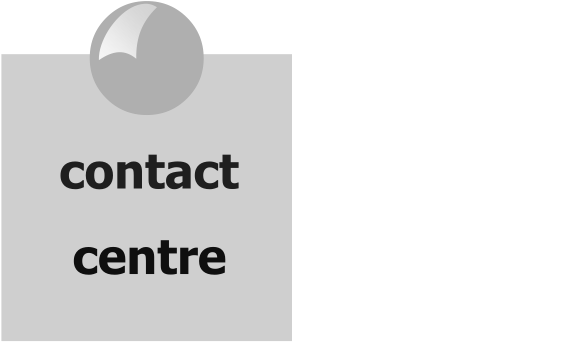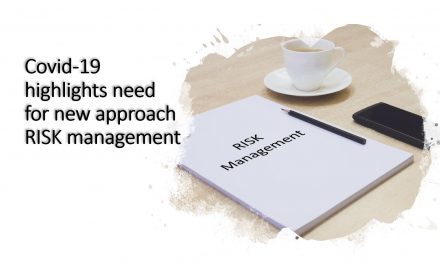Technology Business Management Drives M&A
Technology Business Management
The biggest challenge in M&A, is achieving that common language, and this requires a rapid adoption of TBM principles, knowing what is being spent in both organisations, and how they align. Achieving the desired M&A outcome with a clear shared understanding not just from an IT perspective but within a TBM framework creates the optimal environment for success during the M&A cycle.
Throughout the entire M&A lifecycle, the CIO is usually poised to assess opportunities, mitigate risk and develop an executable IT plan, rooted in a multidimensional 360-degree view of the process.
“As merger and acquisition activity heats up, IT leaders need to be prepared to take a more active role in ensuring that value is properly assessed before the transaction is completed,” Comments Craig Ashmole, Founding Partner of London based IT Consulting firm CCServe. “The key is in ensuring that Boards recognise the need for the CIO involvement throughout the integration process that follows”.
With tens of thousands of M&A transactions expected this year, Steven Hall a Partner, of Emerging Technologies Group at Information Services Group (ISG) makes some clear observations around the focus of Technology within the M&A framework. CIOs will be called on to help the board determine how the deal will grow revenue, decrease costs, and mitigate risk. The effective use of Technology Business Management (TBM), and the collaboration between IT and lines of business that it entails, will not only inform the M&A transaction during the due diligence phase, but it will also lead to a more efficient transition and a better understanding of the costs and anticipated benefits of the deal. Because TBM is a holistic framework that positions IT in a collaborative business role—one that provides data-driven assessments of its value and role—it is the IT leaders themselves, engaged at the outset of the M&A process, and through its completion, who are best positioned to help fully articulate the M&A rationale and deliver a successful process and outcome.
If one considers several M&A scenarios and their associated business objectives, it becomes clear that IT integration approaches are not one-size-fits-all. In an M&A case driven by cost reductions and improved efficiencies within the context of eliminating a competitor, the absorption rationale—although not without its challenges—is straightforward. The acquiring entity provides all IT systems, but even then the implementation or advancement of a TBM strategy requires attention during the integration. If the primary M&A goal is based on R&D, the parallel but bridged IT coexistence is straightforward, too. An M&A rationale based on geographic expansion to increase market share also seems straightforward, but IT professionals prepared for this M&A challenge are delivering quality data to best guide the M&A strategy development, as well as execute it.
That geographic expansion likely requires a hybrid response to IT systems integration with elements of the absorption model, but it also relies heavily on a “best of breed” approach that retains or recombines superior process or functionality provided by the acquired company. Making optimal decisions requires IT leaders to assess the strengths and weaknesses of the target firm’s IT systems, evaluate the portfolios of both, and deliver cost-effective solutions that drive future growth. Throughout the entire M&A lifecycle, the CIO is poised to assess opportunities, mitigate risk and develop and executable IT plan rooted in a multidimensional, 360-degree view of the process. The CIO operates as an integral part of the organisational team within that lifecycle, but the critical and active role of IT emerges as the parties move from an acquisition and divestiture phase to executing the separation-integration process.
Here, the two issues at the forefront of M&A transactions from that IT perspective—a perspective connected in the TBM framework to all other business units and processes—is to ensure that different platforms work together post-acquisition, and how to optimise the new environment and the costs involved. Doing so is not always easy, and resistance from either or both M&A parties is a given. It becomes easier when the IT leader communicates a core business case throughout the process. Metrics are the basis for building that case, and for creating a meaningful baseline that anticipates growth and measures savings before the deal closes. But metrics are in service to more than the creation of benchmarks, and quality data is as important a communication tool as it is a standard measure for quantifying success.
Data tell a story for stakeholders, and provides a common language for discussing and evaluating the M&A process to both its internal and external constituencies. When, inevitably, at some point in the process stakeholders on either side step in and say, “We used to do it better,” data provides a shared understanding between the M&A parties’ expectations and cultures. Ideally, that data isn’t meant for looking backward or creating reports that do. Identifying data that supports TBM priorities—and designing that data collection into the toolkit—offers the enterprise an opportunity to revisit how it measures success, and maximises the foresight value of that data. The traditional approach in M&A circles has been all about percentages, and how to achieve a certain percentage as a measure of cost—but we know now that is impractical, and subject to far too many contingencies to offer the most realistic portrait. Reducing costs to a percentage—as opposed to reducing costs with performance metrics in place for a greater understanding—will only lead to greater risks elsewhere.
This strategy, moreover, often fails to accurately evaluate specific, real-life scenarios. If the costs for services are truly understood through a TBM process both comprehensive and focused, then the “big picture” can supplant the percentage mandate and lead to more intelligent decisions and the M&A discussions that surround them. For example, if the costs are understood but still seen as too high, then the discussion is no longer framed as, “Reduce it by another half percent.”
More important, the strategic possibilities and conclusions are no longer derived from conversations that fail to capture critical information that the TBM model makes available. The discussion about where to cut or eliminate becomes more focused, and is a more reliable measure of very specific services, or a better evaluation of operational IT choices to move more on-premise to an as-a-service environment. These approaches deliver value during the M&A process, but it’s important to design them to extend beyond the moment.
Steven goes on to state that: From a TBM standpoint, the M&A process itself is not a departure from “normal business,” rather than an expression of it. The CIO and other organisational team members leading through each M&A phase need to design plans that are reusable, support continuous improvement and remain flexible enough for agile and intelligent responses in the changing business environment of the future. Just as IT leaders are tasked with the systems integration that the M&A process demands, so too is a leadership team whose basis in TBM positions the M&A experience itself within the wider data-driven future of the enterprise.




Recent Comments